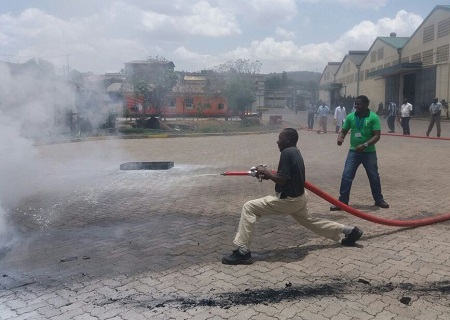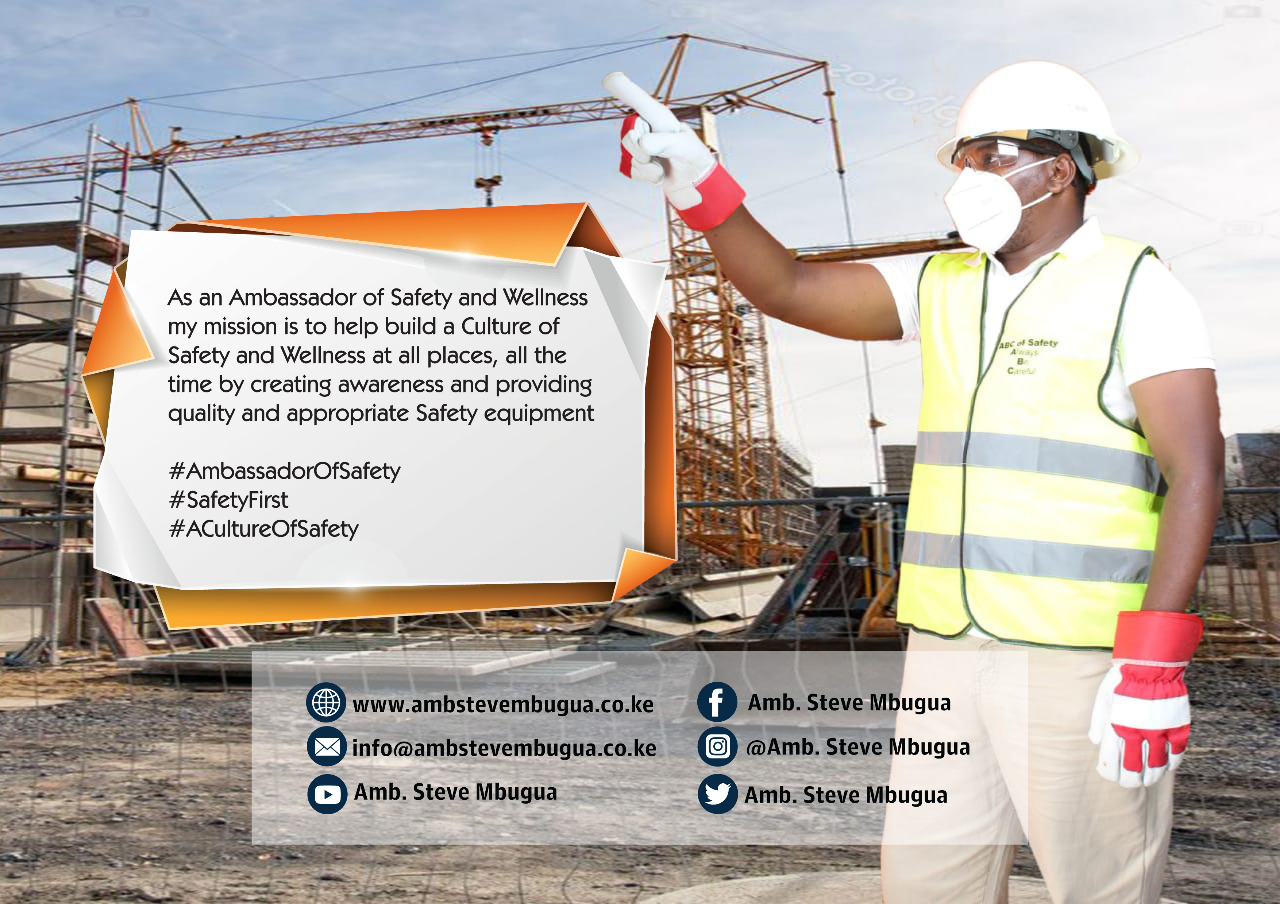Behavioral Occupational Health and Safety (OHS) focuses on understanding and influencing human behavior to enhance safety in the workplace. It involves applying psychological principles and behavioral strategies to improve safety practices, reduce accidents, and promote a culture of safety. Here’s a detailed overview of behavioral OHS, including key concepts, strategies, and implementation practices.
1. Understanding Behavioral OHS
1.1 Concept and Importance
• Definition: Behavioral OHS involves analyzing and modifying behaviors to prevent accidents and improve workplace safety. It emphasizes the role of individual and group behavior in creating a safe work environment.
• Importance: Human behavior is a significant factor in workplace safety. Understanding and influencing behaviors can help address unsafe practices, enhance compliance with safety protocols, and reduce the likelihood of accidents and injuries.
1.2 Key Principles
• Behavioral Psychology: Applies principles of behavioral psychology, such as reinforcement, motivation, and habit formation, to influence safety-related behaviors.
• Safety Culture: Focuses on creating a positive safety culture where safe behaviors are encouraged, recognized, and reinforced.
• Behavioral Risk Factors: Identifies and addresses behavioral risk factors, such as complacency, risk-taking, and inadequate safety knowledge.
2. Key Strategies for Behavioral OHS
2.1 Behavioral Risk Assessment
Objective: Identify behaviors that contribute to workplace hazards and assess their impact on safety.
Steps:
1. Identify Critical Behaviors: Determine which behaviors are critical to safety, such as adherence to safety protocols, use of PPE, and following safe work practices.
2. Observe and Record: Conduct observations and record instances of both safe and unsafe behaviors.
3. Analyze Data: Analyze behavior patterns and identify trends that may indicate potential risks or areas for improvement.
Detailed Explanation:
• Behavior Identification: Focus on behaviors that directly impact safety, such as improper lifting techniques or neglecting PPE usage.
• Observation and Recording: Use systematic observation methods to collect data on behavior. Ensure that observations are unbiased and consistent.
• Data Analysis: Analyze the data to understand the frequency and context of unsafe behaviors. Use this information to develop targeted interventions.
2.2 Behavior-Based Safety (BBS) Programs
Objective: Implement programs that focus on reinforcing safe behaviors and reducing unsafe practices.
Steps:
1. Develop BBS Program: Design a BBS program that includes behavior observations, feedback mechanisms, and reinforcement strategies.
2. Train Employees: Train employees on the principles of BBS, including how to observe and report behaviors and the importance of feedback.
3. Conduct Observations: Perform regular observations of employee behaviors and provide immediate feedback.
4. Reinforce Safe Behaviors: Recognize and reward safe behaviors to encourage continued compliance and create positive reinforcement.
Detailed Explanation:
• Program Development: Create a comprehensive BBS program with clear objectives, procedures for observations, and criteria for reinforcement.
• Employee Training: Educate employees on the benefits of BBS, how to participate, and the importance of safety feedback.
• Observations and Feedback: Implement regular observations and provide constructive feedback. Ensure that feedback is timely and specific.
• Reinforcement: Use positive reinforcement techniques, such as rewards and recognition, to encourage safe behaviors.
2.3 Safety Communication and Engagement
Objective: Enhance communication and engagement to promote safety awareness and participation.
Steps:
1. Develop Communication Channels: Establish effective communication channels for sharing safety information, such as newsletters, meetings, and digital platforms.
2. Promote Engagement: Encourage employee involvement in safety initiatives and decision-making processes.
3. Provide Feedback Mechanisms: Create mechanisms for employees to provide feedback on safety issues and suggest improvements.
Detailed Explanation:
• Communication Channels: Use multiple channels to ensure that safety messages reach all employees. Tailor communication methods to suit different preferences and needs.
• Employee Engagement: Involve employees in safety discussions, solicit their input, and address their concerns. Create opportunities for employees to participate in safety committees or working groups.
• Feedback Mechanisms: Implement systems for anonymous reporting and feedback. Use employee input to make data-driven improvements to safety practices.
2.4 Training and Development
Objective: Provide training that focuses on behavioral aspects of safety, including safe work practices and hazard awareness.
Steps:
1. Identify Training Needs: Assess training needs based on behavioral risk factors and safety performance data.
2. Develop Training Programs: Create training programs that address specific behaviors, such as safe lifting techniques or emergency response protocols.
3. Deliver Training: Conduct training sessions using interactive methods, such as simulations and role-playing.
4. Evaluate Training Effectiveness: Assess the effectiveness of training programs through evaluations and performance metrics.
Detailed Explanation:
• Training Needs Assessment: Identify gaps in knowledge and behavior related to safety. Use incident data, observation results, and employee feedback to inform training needs.
• Program Development: Design training programs that address identified behavioral issues and use engaging methods to enhance learning.
• Training Delivery: Use a mix of instructional methods, such as workshops, e-learning, and hands-on exercises, to reinforce safe behaviors.
• Effectiveness Evaluation: Measure training effectiveness through assessments, quizzes, and behavioral observations. Make adjustments based on feedback and performance results.
2.5 Incident Analysis and Behavioral Insights
Objective: Analyze incidents to understand behavioral factors and prevent recurrence.
Steps:
1. Conduct Incident Investigations: Investigate incidents to identify contributing behaviors and underlying causes.
2. Analyze Behavioral Factors: Examine how behaviors contributed to the incident, such as non-compliance with procedures or lack of attention.
3. Develop Action Plans: Create action plans to address identified behavioral factors and implement corrective measures.
4. Monitor Implementation: Track the implementation of corrective actions and assess their effectiveness in preventing similar incidents.
Detailed Explanation:
• Incident Investigation: Use structured investigation techniques to identify the sequence of events and behaviors leading to the incident.
• Behavioral Analysis: Analyze how behavioral factors, such as complacency or miscommunication, contributed to the incident. Identify specific behaviors that need to be addressed.
• Action Plan Development: Develop targeted action plans to address behavioral issues, such as additional training or changes in procedures.
• Monitoring and Review: Monitor the implementation of action plans and assess their impact on reducing similar incidents.
3. Implementing Behavioral OHS
3.1 Creating a Safety Culture
Objective: Foster a culture that prioritizes safety and encourages positive behavioral changes.
Steps:
1. Leadership Commitment: Ensure that organizational leaders demonstrate a commitment to safety and model safe behaviors.
2. Employee Involvement: Engage employees in safety initiatives and decision-making processes to create a sense of ownership and accountability.
3. Reinforcement and Recognition: Recognize and reward safe behaviors to reinforce positive safety practices and motivate employees.
Detailed Explanation:
• Leadership Commitment: Leaders should actively support safety initiatives, participate in safety programs, and communicate the importance of safety to all employees.
• Employee Involvement: Involve employees in safety committees, safety audits, and feedback sessions to encourage participation and ownership.
• Reinforcement and Recognition: Implement recognition programs to celebrate safe behaviors and provide incentives for safety achievements.
3.2 Continuous Improvement
Objective: Continuously improve safety practices by evaluating and refining behavioral strategies.
Steps:
1. Monitor Performance: Regularly monitor safety performance and behavior metrics to identify areas for improvement.
2. Gather Feedback: Collect feedback from employees and stakeholders on the effectiveness of behavioral OHS initiatives.
3. Implement Improvements: Make data-driven improvements to safety practices and behavioral strategies based on performance and feedback.
Detailed Explanation:
• Performance Monitoring: Use safety metrics, such as incident rates and behavior observations, to evaluate the effectiveness of behavioral OHS strategies.
• Feedback Collection: Engage employees and stakeholders in providing feedback on safety practices and behavioral interventions. Use surveys, focus groups, and suggestion boxes to gather input.
• Improvement Implementation: Use feedback and performance data to make targeted improvements to safety programs, policies, and procedures.
Behavioral Occupational Health and Safety focuses on understanding and influencing human behavior to enhance workplace safety. By applying principles of behavioral psychology and implementing targeted strategies, organizations can address unsafe practices, improve compliance, and foster a culture of safety. Key strategies include behavioral risk assessment, Behavior-Based Safety (BBS) programs, safety communication, training, and incident analysis.
Implementing behavioral OHS involves creating a positive safety culture, involving employees in safety initiatives, and continuously improving safety practices. By prioritizing behavioral aspects of safety, organizations can effectively reduce risks, prevent accidents, and promote a safer work environment for all employees.
READ MORE
A Positive Safety Culture
Largest Safety Company
Building A Culture Of Safety Video



















